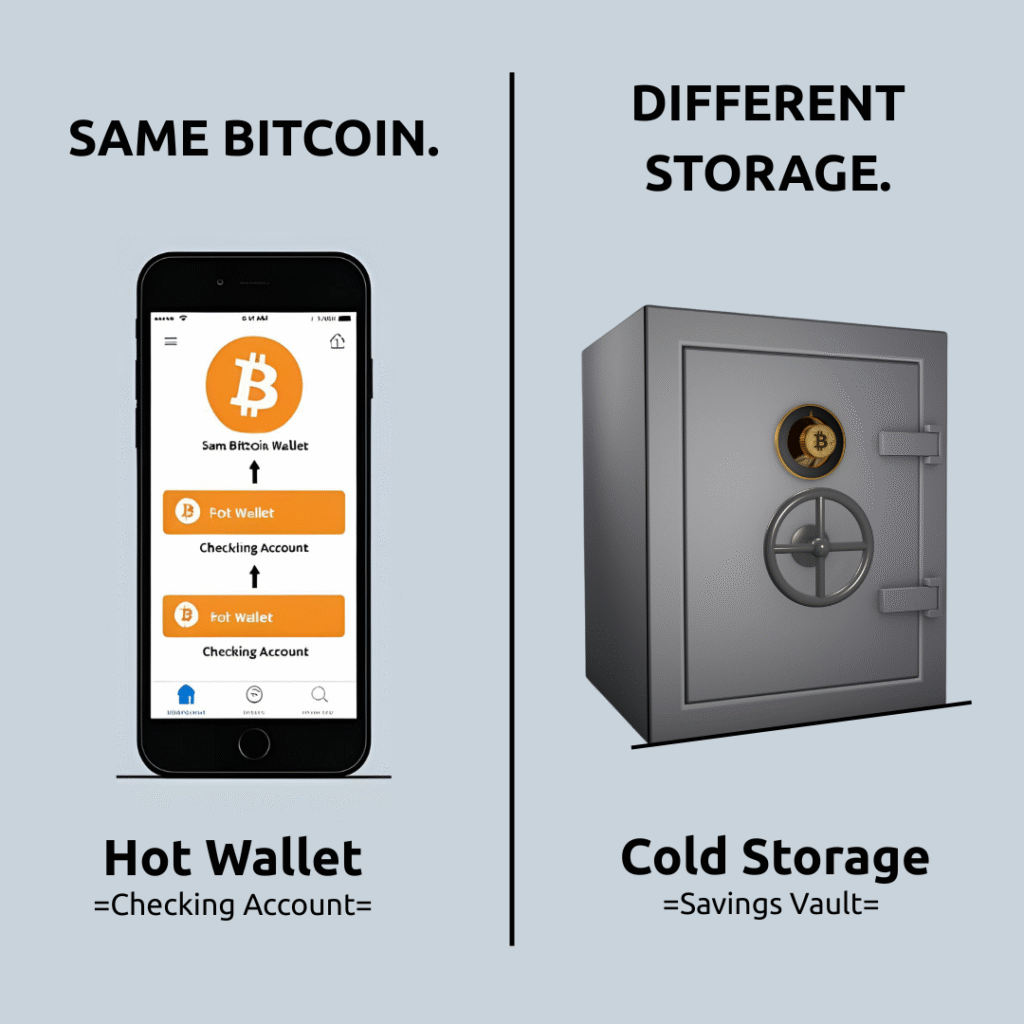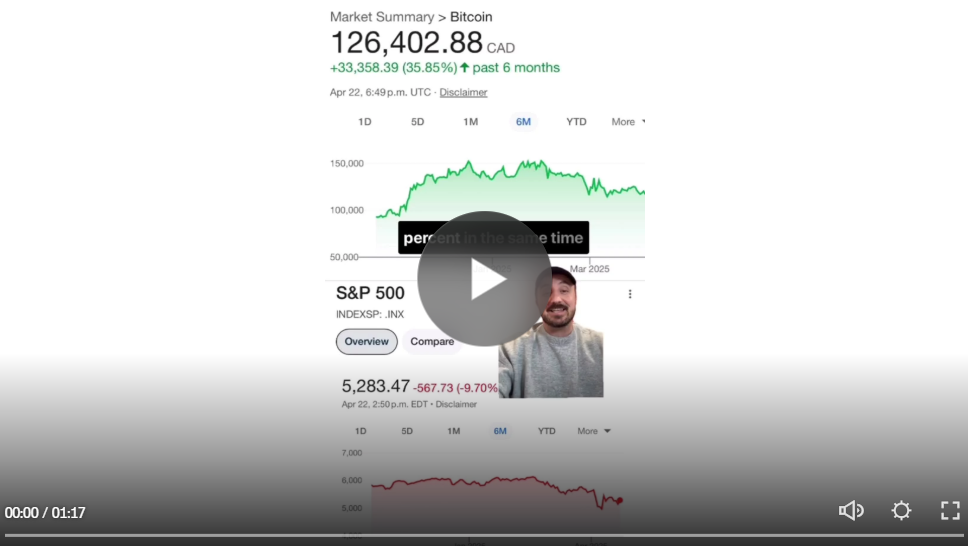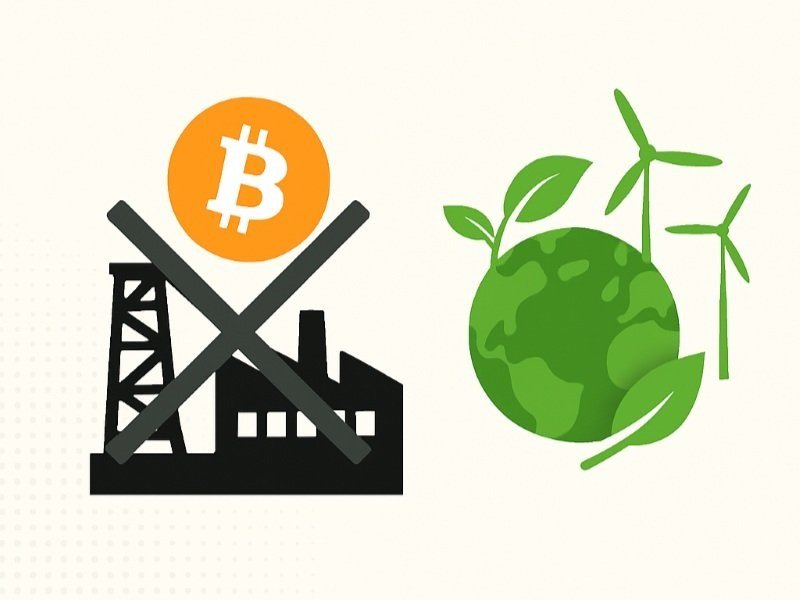When Money Was Tied to Gold
Imagine a world where every dollar in your pocket was backed by gold, a real asset governments couldn’t manipulate. For centuries, the gold standard ensured money had value, kept inflation low, and forced governments to spend responsibly. But by the mid-20th century, it was gone. Why did it collapse, and what does this mean for your money today?
The Gold Standard: A Promise of Stability
Under the gold standard, every banknote was a promise of real wealth, you could exchange it for gold. This system prevented governments from printing endless money, kept prices stable, and built trust in currencies worldwide. But it relied on one thing: governments playing by the rules. History shows they rarely do.
How the Gold Standard Unraveled
World War I: The First Blow
War is costly, and World War I (1914–1918) pushed governments to their limits. Gold reserves couldn’t cover the bills, so nations suspended the gold standard to print money. After the war, some tried to return to gold, but the trust was shaken, and the system never fully recovered.
The Great Depression: Breaking the Rules
The 1930s Great Depression crushed economies. Governments needed to pump money into the system to fight unemployment, but gold’s limits held them back. In 1933, President Franklin D. Roosevelt took drastic steps:
- Ended gold convertibility (no more swapping dollars for gold).
- Banned private gold ownership in the U.S., forcing citizens to hand over their gold.
Other countries followed, showing the gold standard was just a policy governments could ditch when it suited them.
Bretton Woods: A Fragile Fix
After World War II, the 1944 Bretton Woods Agreement tried to stabilize things. Global currencies were pegged to the U.S. dollar, which was tied to gold at $35 per ounce. It worked for a while, but by the 1960s, the U.S. was printing more dollars than it could back fueled by the Vietnam War and social programs. Foreign nations demanded gold for their dollars, draining U.S. reserves.
The Nixon Shock: The Final Break
In 1971, President Richard Nixon faced a crisis: the U.S. was running out of gold. His solution, dubbed the Nixon Shock, was to end the gold standard entirely. The U.S. dollar became a fiat currency backed only by government promises. Other countries followed, and money lost its anchor to anything tangible.
The Fallout: Living in a Fiat World
Without gold’s restraint, governments gained unlimited printing power. The results?
- Inflation Surge: The U.S. dollar lost over 90% of its value since 1971, a dollar then equals $8 today (2025).
- Debt Explosion: Global debt hit $300 trillion in 2024, driven by fiat’s endless supply.
- Instability: Canadian families feel the pinch as inflation erodes savings and raises living costs.
Fiat’s flexibility helps during crises (like the 2020 pandemic), but its risks—currency devaluation, unchecked spending threaten long-term stability. In places like Venezuela, fiat collapsed when trust vanished.
Bitcoin: A New Anchor for Money?
Some call for a return to gold to restore discipline, but it’s rigid and impractical today. Enter Bitcoin—a digital alternative with gold’s strengths and modern advantages:
- Fixed Supply: Only 21 million Bitcoins, immune to inflation.
- Global Reach: Send it worldwide instantly, unlike gold.
- Secure: Blockchain ensures transparency and prevents counterfeiting.
- Decentralized: Free from government control.
With companies like MicroStrategy and countries like El Salvador (2021 legal tender) embracing Bitcoin, it’s challenging fiat’s dominance. Could it be the new anchor for money?
What’s the Future of Money?
Can fiat survive its flaws, or will Bitcoin and gold rise again? Share your thoughts in the comments or on X, and check out our post on Bitcoin’s rise to see how it defies fiat.
Ready to Break Free from Fiat’s Risks?
Don’t let inflation and unstable fiat currencies erode your wealth. Bitcoin offers a modern anchor for your money, blending gold’s reliability with digital ease.
Visit 1Bitcoin.ca to start your crypto journey, or grab our free Bitcoin Starter Guide.
Secure your financial future with Bitcoin! We make it simple for Canadians.
Disclaimer: Cryptocurrency is a volatile investment; returns are not guaranteed. Always seek professional financial advice before investing.




